Adventures with G-AKDN - Chapter 2
The deHavilland Aircraft of Canada Ltd. was based at Downsview Airport in downtown Toronto. They started building aircraft there in 1928. Most of the designs they built were under license from the British parent company deHavilland Aircraft. These included some very famous aircraft designs, the Tiger Moth, and Mosquito.
The Canadian company was tasked with designing a primary trainer aircraft to replace the aging Tiger Moth biplane. The new design had to be suitable for initial training for future jet pilots. The DHC1 deHavilland Canada Design -1, named Chipmunk, was the result. The first flight was May 22 1946, flown by UK deHavilland test pilot Pat Fillingham. Three of the very early prototypes, serial No. 1, 10 and 11, were sent to the UK for evaluation by the Aeroplane and Armament Experimental Establishment, to determine if the design met the need of the Royal Air Force.
No. 11 was assigned the British registration of G-AKDN. KDN was put thru extensive testing by many of the leading test pilots of the time: John Derry (the first UK pilot to break the sound barrier), “Mutt” Summers (the first pilot to fly the Spitfire prototype), John “Cats Eyes” Cunningham (the high scoring night fighter ace and Comet jet test pilot) and deHavilland Company test pilots, Pat Fillingham and Jeffery Pike.
After the successful test flight program, deHavilland used KDN as a public relations aircraft to help advertise the type around the world. Featured on many of the company publications, KDN became the Chipmunk poster child. It was also flown in many air races during this time as a marketing promotion designed to gain more sales. Some of its previous test pilots air raced it. Pat Fillingham and his wife Sonja, flying as navigator, won the British Air Racing Championship in KDN.
The Chipmunk design won the contract and was selected for service with the Royal Air Force, Royal Canadian Air Force, Royal Belgian Air Force, Royal Egyptian Air Force, Portuguese Air Force and Indian Civil Aviation Authority. The Chipmunk’s successful military service spanned over 60 years.
The DHC1 Chipmunk design was followed with the DHC-2 Beaver, DHC-3 Otter, DHC-4 Caribou, DHC-5 Buffalo, DHC-6 Twin Otter, DHC-7 Dash7, DHC-8 Dash8. Today the Bombardier aircraft line, including the Challenger, C-series, Global and Q Series are still built at the same location in Downsview . All of these world famous aircraft are direct descendants of G-AKDN, the oldest airworthy Chipmunk.
to be continued...



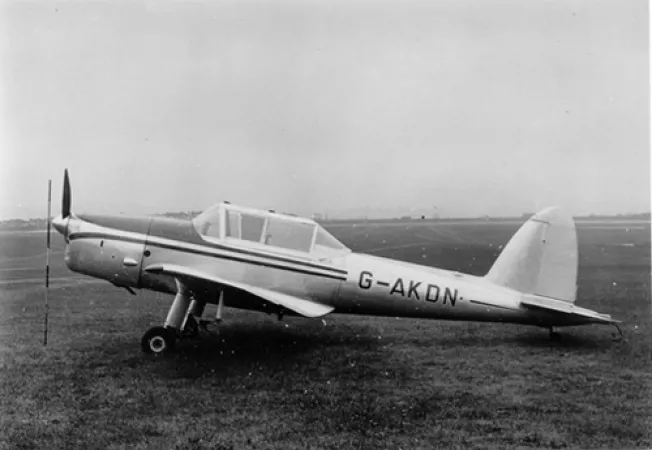
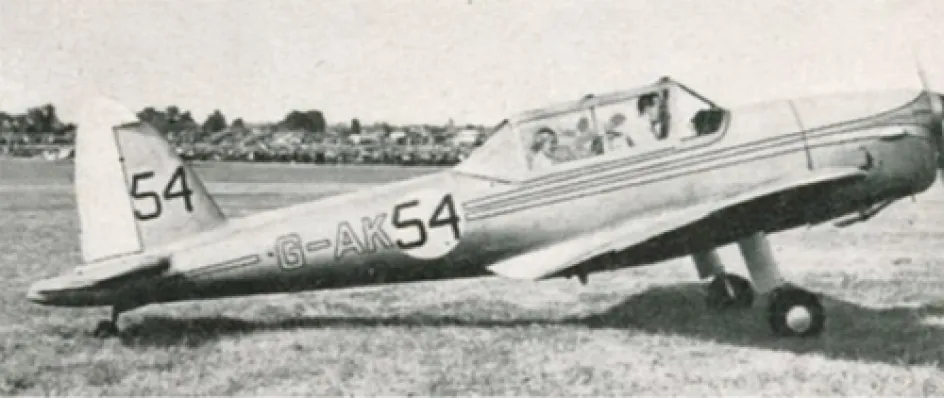
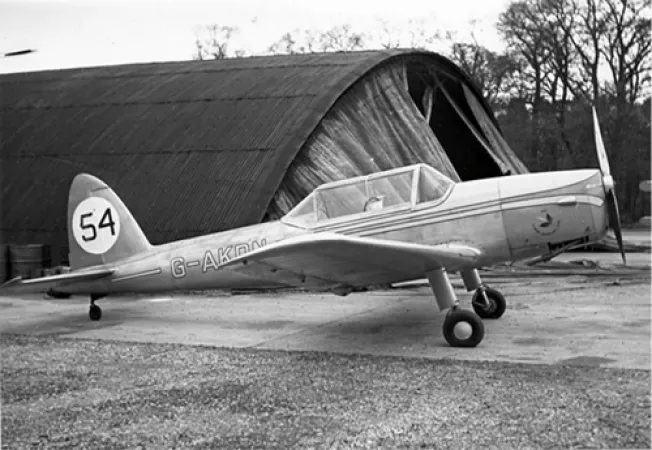
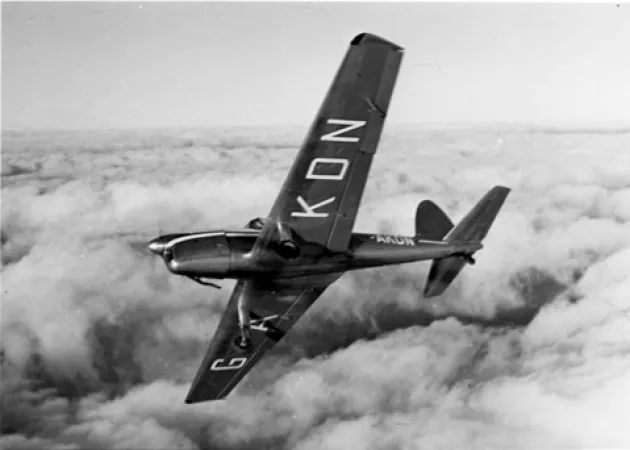
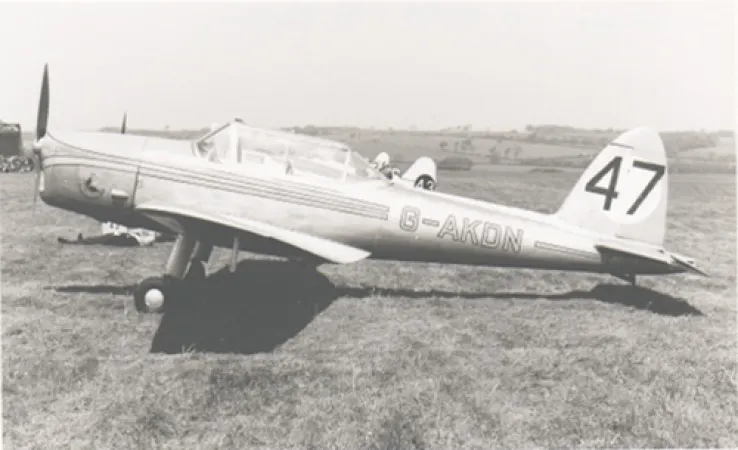
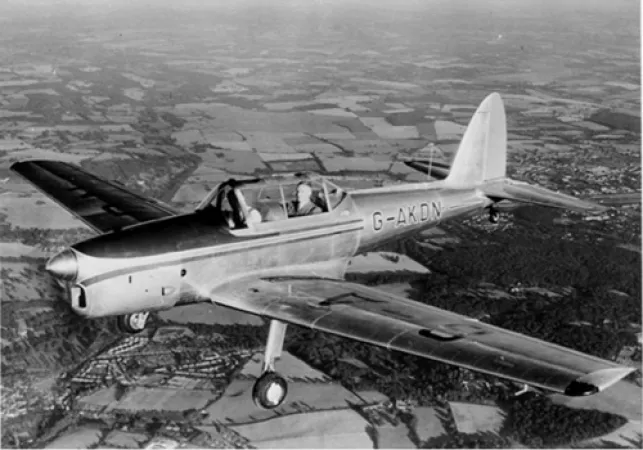

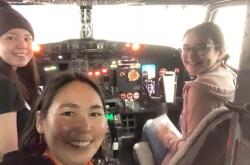
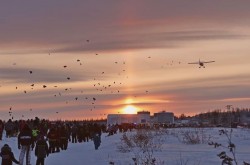

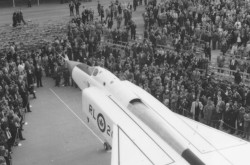
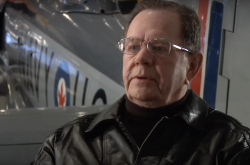








![A block of photographs showing some of the people involved in the bombing of beluga whales in the estuary and gulf of the St. Lawrence River. Anon., “La chasse aux marsouins [sic]. » Le Devoir, 15 August 1929, 6.](/sites/default/files/styles/thumbnail_7/public/2024-09/Le%20Devoir%2015%20aout%201929%20page%206.jpg?h=584f1d27&itok=TppdLItg)


